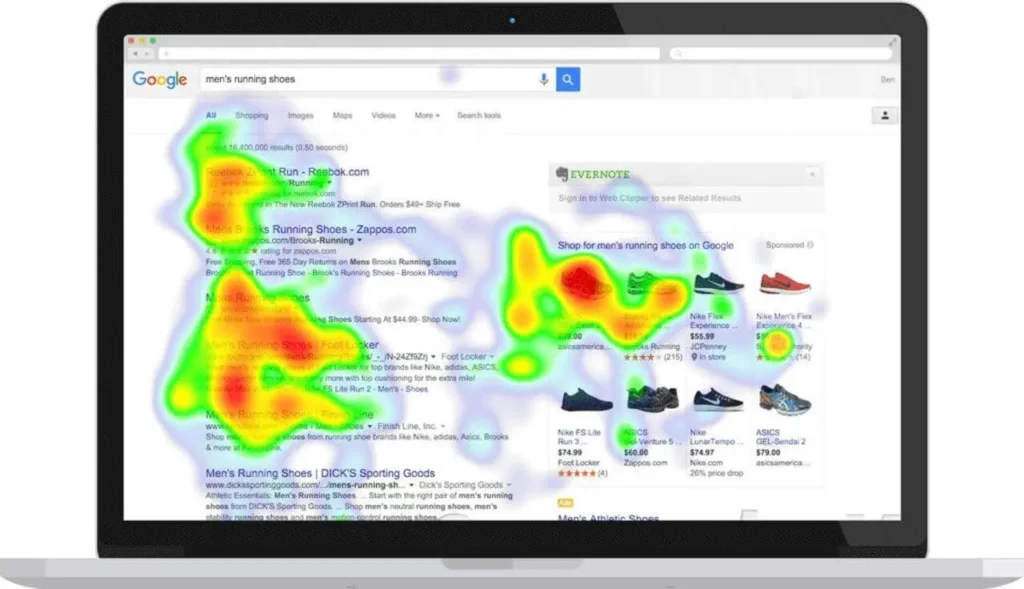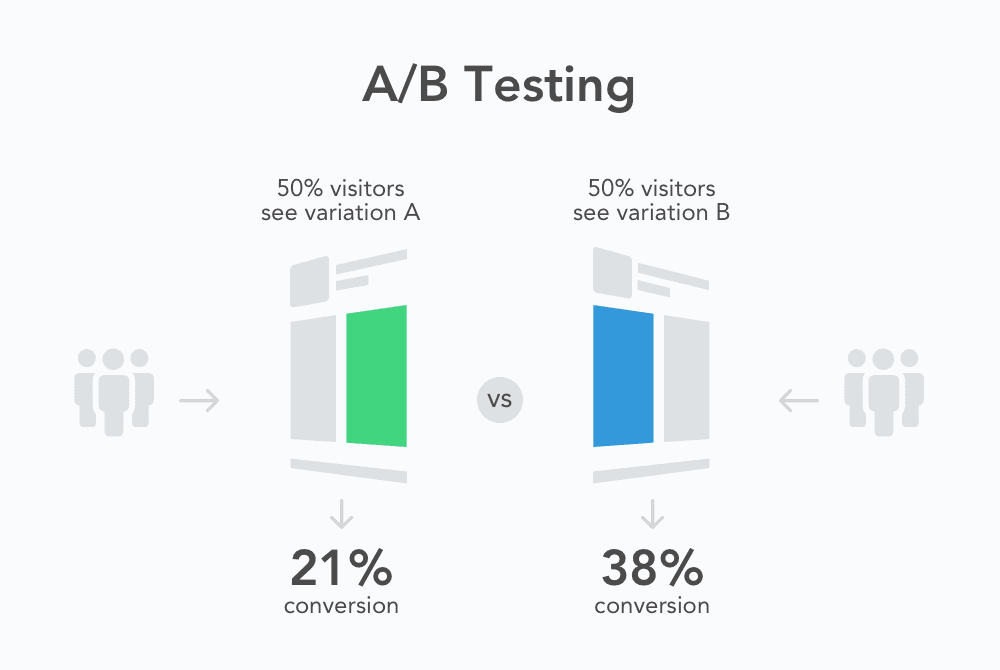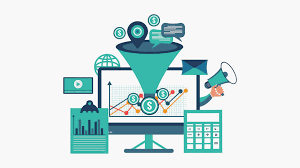In today’s competitive digital marketplace, driving traffic to your online store is only half the battle—turning visitors into paying customers is where the real challenge lies. Conversion Rate Optimization (CRO) is the key strategy that can transform your website from a simple browsing destination into a powerful sales engine. Whether you’re a seasoned ecommerce professional or just starting out, mastering CRO techniques can significantly boost your online sales and maximize your marketing efforts. In this ultimate guide, we’ll walk you through proven tips, tools, and strategies to optimize every aspect of your website, engage your audience effectively, and ultimately increase your conversion rates. Get ready to unlock the full potential of your online business and watch your revenue soar!
1. Understanding Conversion Rate Optimization (CRO)
Conversion Rate Optimization, or CRO, is the strategic process of increasing the percentage of website visitors who take a desired action—whether that’s making a purchase, signing up for a newsletter, or filling out a contact form. At its core, CRO focuses on understanding how users interact with your site and identifying any barriers that prevent them from converting. By analyzing user behavior, conducting A/B tests, and optimizing site elements such as headlines, call-to-action buttons, and page layouts, businesses can enhance the overall user experience and drive more meaningful engagements. Implementing effective CRO strategies not only boosts your online sales but also maximizes the return on your existing traffic, making it an essential component of any successful ecommerce or digital marketing plan.
2. Understanding User Behavior and Website Analytics
To effectively boost your online sales, it’s crucial to first understand how visitors interact with your website. User behavior and website analytics provide invaluable insights into the path your customers take, the pages they visit, and where they might be encountering obstacles. By analyzing metrics such as bounce rates, session duration, click-through rates, and conversion funnels, you can identify patterns and pinpoint areas that need improvement.
Tools like Google Analytics, Hotjar, and Crazy Egg offer detailed data and visualizations such as heatmaps and session recordings, allowing you to see exactly where users are clicking, scrolling, or abandoning the site. For example, if you notice a high drop-off rate on your checkout page, it could suggest issues such as complicated forms, lack of payment options, or slow load times.
Understanding these behaviors helps you make informed decisions about website design changes, content optimization, and user experience enhancements. By continually monitoring and interpreting user data, you can tailor your strategies to meet your customers’ needs, ultimately driving higher conversion rates and increasing your online sales.
3. Understanding Website Design and User Experience
When it comes to boosting your online sales, having an engaging website design paired with an exceptional user experience (UX) is crucial. Your website is the digital storefront of your business, and just like a physical store, it needs to be inviting, easy to navigate, and enjoyable for visitors. A clean, modern design with intuitive navigation helps potential customers find what they’re looking for quickly and effortlessly, reducing frustration and increasing the likelihood of a purchase.
Focus on creating a responsive design that works seamlessly across all devices — from desktops to smartphones and tablets. With more shoppers browsing on mobile devices, a mobile-friendly experience is no longer optional; it’s a necessity. Additionally, fast loading times play a critical role in user satisfaction, so optimize images and streamline your site’s backend to keep visitors engaged.
Incorporate clear calls-to-action (CTAs) that stand out and guide users toward making a purchase or signing up for your newsletter. Use compelling visuals, easy-to-read fonts, and a consistent color scheme that aligns with your brand identity to build trust and recognition. Lastly, minimize distractions by keeping the design clutter-free, ensuring that the primary focus remains on your products or services.
By prioritizing engaging website design and a smooth user experience, you create a welcoming environment that motivates visitors to stay longer, explore more, and ultimately convert into loyal customers.
4. Compelling Calls-to-Action (CTAs)
A well-crafted call-to-action (CTA) is one of the most powerful tools in your conversion rate optimization arsenal. It guides visitors on what to do next, whether it’s making a purchase, signing up for a newsletter, or requesting more information. To create compelling CTAs, start with clear and concise language that leaves no room for confusion. Use action-oriented verbs like “Buy Now,” “Get Started,” or “Claim Your Discount” to inspire immediate response.
The design of your CTA button also plays a crucial role. Make sure it stands out visually by using contrasting colors that draw the eye, and position it prominently on your page where users can easily find it—above the fold or at the end of persuasive content. Additionally, personalize your CTAs whenever possible; tailoring messages based on user behavior or preferences can significantly increase engagement.
Don’t forget to create a sense of urgency or exclusivity with phrases like “Limited Time Offer” or “Only a Few Left” to encourage quicker decision-making. Lastly, continually test different CTA texts, colors, sizes, and placements through A/B testing to discover what resonates best with your audience and drives the highest conversion rates. With compelling CTAs in place, you can effectively turn casual browsers into loyal customers and boost your online sales.
5. Understanding A/B Testing and Continuous Improvement
A/B testing is a powerful strategy that allows you to compare two versions of a webpage or element to see which one performs better in driving conversions. To get started, identify a specific goal—whether it’s increasing click-through rates, improving form submissions, or boosting product purchases. Next, create two variations: the original (control) and the modified version (variant), changing only one element at a time such as headlines, call-to-action buttons, images, or layout.
Once your test is live, use analytics tools to track user behavior and conversion metrics carefully. Remember, statistical significance is key; avoid making decisions based on insufficient data. A/B testing is not a one-time task but an ongoing process. Continuously analyze the results, implement the winning variations, and then test new hypotheses to keep optimizing your site’s performance.
By embracing a culture of continuous improvement through systematic A/B testing, you can refine your online store’s user experience, reduce bounce rates, and ultimately maximize your sales. This iterative approach ensures that your marketing efforts stay targeted and effective in a constantly evolving digital landscape.
6. Understanding Social Proof and Trust Signals
One of the most effective ways to boost your online sales is by incorporating social proof and trust signals into your website. Social proof refers to the influence that the actions and opinions of others have on potential customers. When visitors see that others have had positive experiences with your products or services, they are more likely to trust your brand and make a purchase.
Start by showcasing customer reviews and testimonials prominently on your product pages. Genuine feedback helps build credibility and reassures prospects that your offerings live up to their promises. Additionally, displaying user-generated content, such as photos or videos of customers using your products, can create a stronger emotional connection and encourage conversions.
Trust signals are equally important in establishing credibility. These include security badges, accepted payment method logos, money-back guarantees, and clear return policies. Highlighting these elements reduces hesitation by addressing common concerns around payment safety, product quality, and customer support.
Furthermore, featuring well-known brand partnerships, media mentions, or industry certifications can elevate your website’s authority and reliability. The combination of social proof and trust signals works together to create a sense of confidence, helping visitors feel comfortable and motivated to complete their purchase.
In summary, leveraging social proof and trust signals not only enhances your website’s professionalism but also builds trust with your audience—two critical factors that drive higher conversion rates and ultimately, increased online sales.
7. Finding a good CRO agency in Sydney, Australia
When it comes to boosting your online sales, partnering with a skilled Conversion Rate Optimization (CRO) agency can make all the difference. If you’re based in Sydney, Australia, finding the right CRO agency means looking for experts who not only understand the technical aspects of optimization but also have a deep knowledge of the local market and consumer behavior. A good CRO agency in Sydney will typically offer a comprehensive range of services, including website audits, user behavior analysis, A/B testing, and tailored strategies to improve your website’s performance. When searching for an agency, consider their portfolio and client testimonials to gauge their success in driving measurable results. Additionally, transparency and communication are key—choose a team that keeps you informed throughout the process and works collaboratively to meet your business goals. By selecting a reputable CRO agency in Sydney, you can ensure that your online store is optimized to convert visitors into loyal customers, ultimately boosting your sales and growing your brand in a competitive digital landscape.
If you’ve found this article helpful and want help with your CRO efforts on your website, contact us for a FREE CRO Audit




